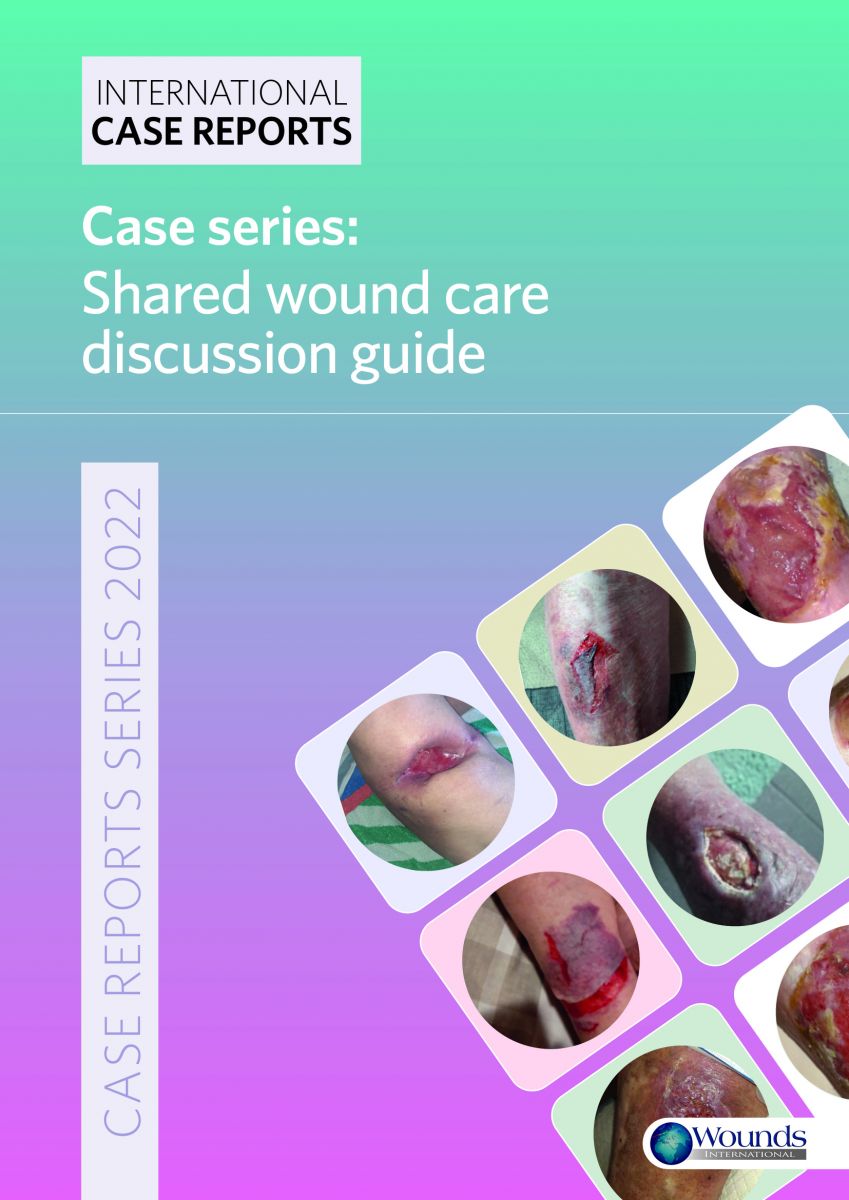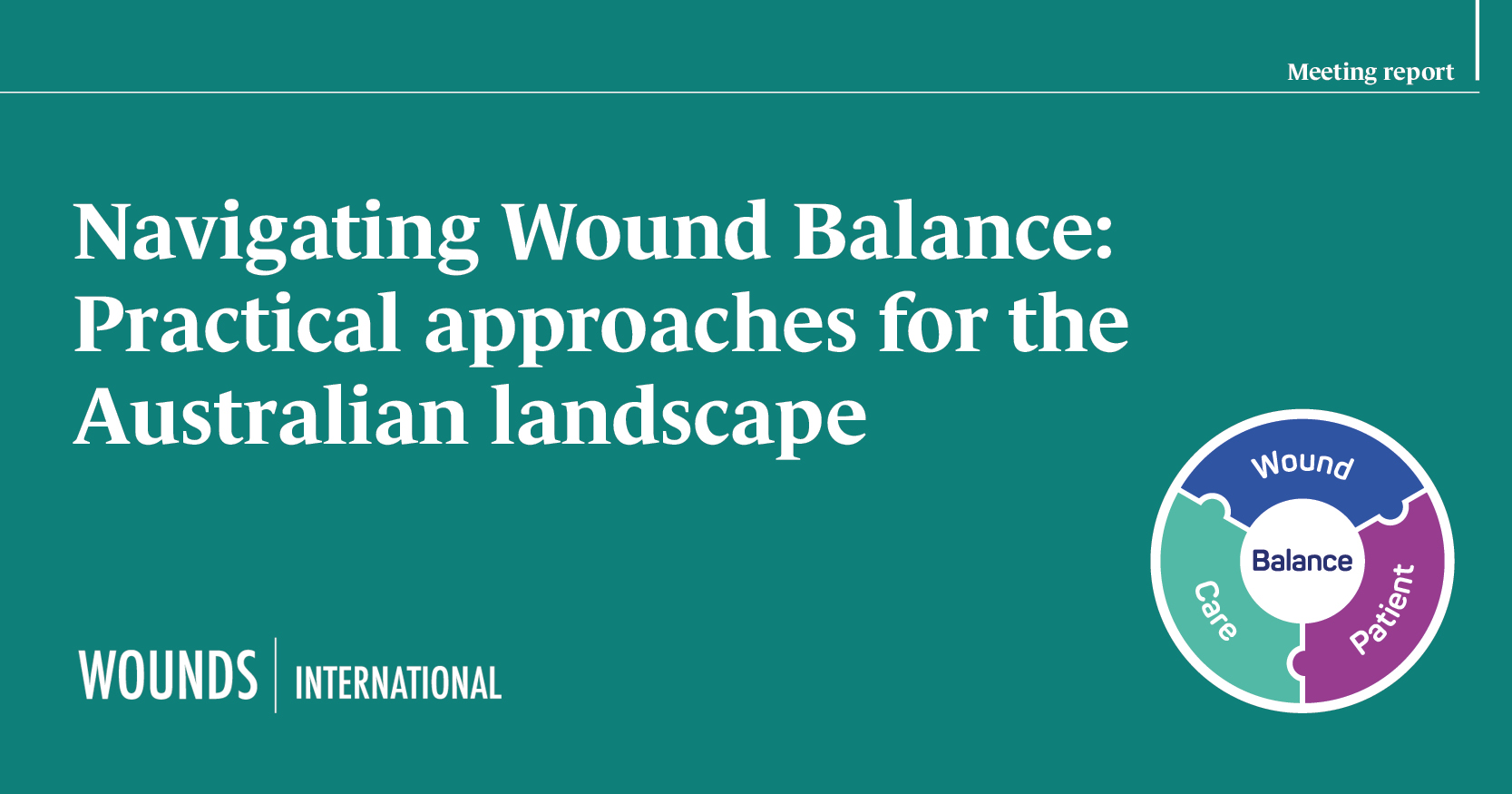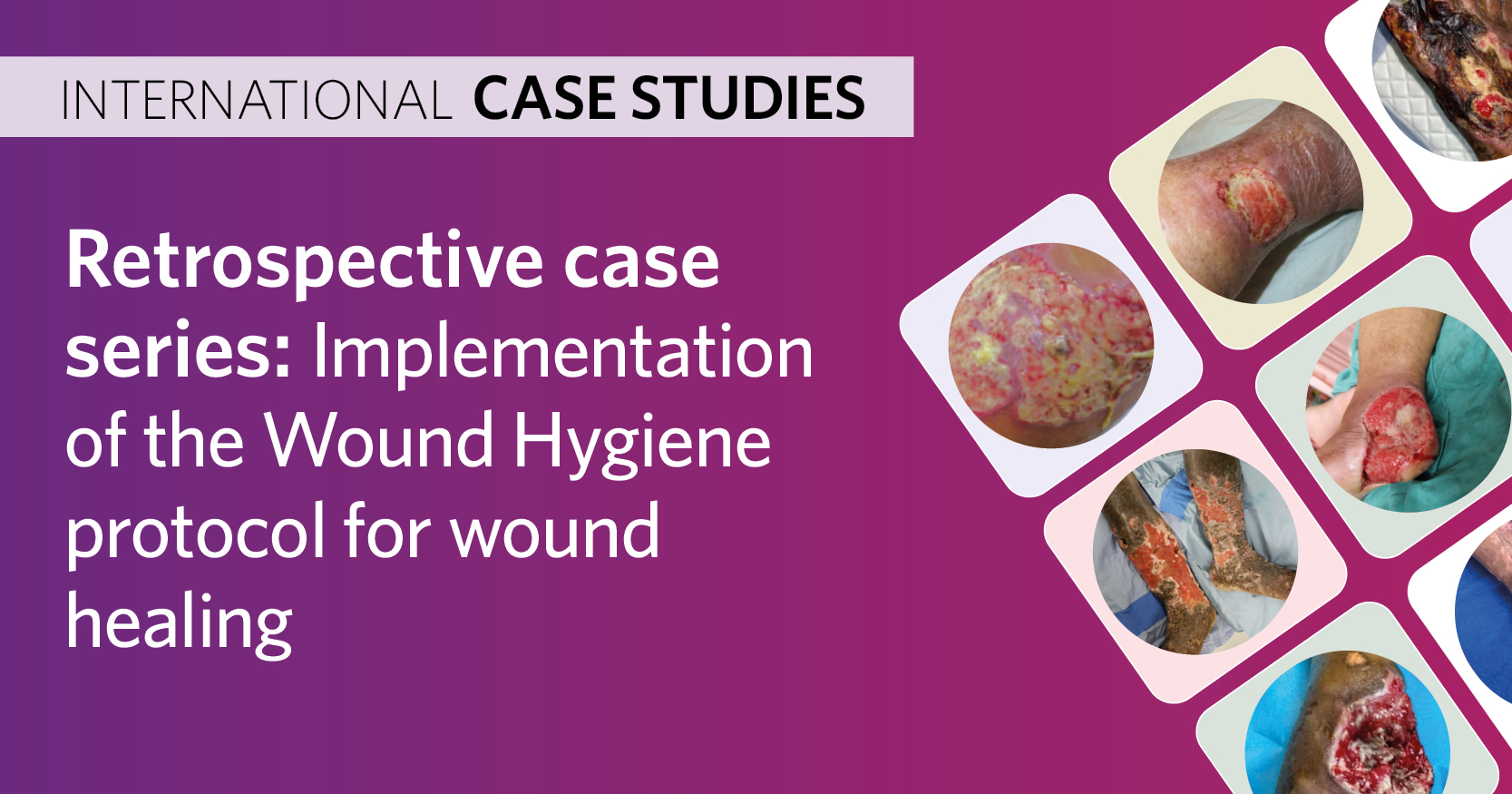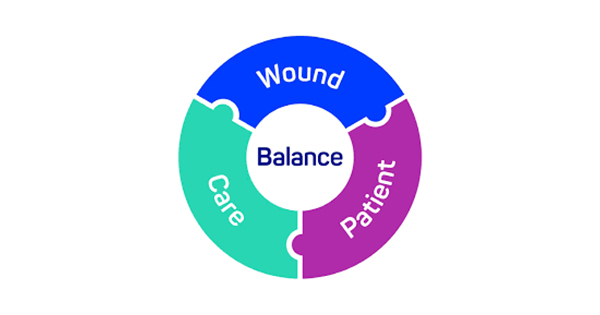Shared care encompasses approaches and interventions that may enable patients to participate in care planning, decision making and care delivery. This approach values the patient as an active participant rather than a passive recipient of care, and is a key part of management for a range of other conditions (Wounds International, 2016). Patient involvement can not only improve wound care outcomes, but also reduce the economic burden and improve quality of life (Hibbard and Gilburt, 2014).
Shared wound care extends beyond the patient to engage with the patients’ informal carer(s) (member[s] of a person’s social network, e.g. family, friend or guardian) who helps the individual with activities of daily living, and may assist with the patient’s wound-related care.
The shared wound care discussion guide (SWCDG) was developed as an aid for clinicians to use with the patient and informal carer(s) to discuss their awareness, willingness and ability to be involved in shared wound care (Moore et al, 2021). The SWCDG builds on international research and guidelines (e.g. Wounds International, 2016) plus survey results from clinicians (Moore and Coggins, 2021) and patients (Moore et al, 2021) that identified educational support is needed for clinicians to help patients and informal carers participate in shared wound care (Miller and Kapp, 2015; Kapp and Santamaria, 2017).
This case series describes how the SWCDG was evaluated in clinical practice by five wound care specialists in Australia, Canada, The Netherlands and the United Kingdom. The SWCDG was used during the initial patient and wound assessment to prompt conversation about shared wound care. The individual wound care dressing regimens were devised in collaboration between the clinician and the patient. The participants fears, concerns and thoughts on shared wound care were recorded. Each patient was monitored and reviewed for approximately 4 weeks or longer. Parameters of wound healing were recorded, such as wound size, wound bed condition and wound progression.
Overall, clinicians reported that using the SWCDG helped to facilitate shared wound care. The patients and their carers (if applicable) reported feeling more independent and empowered to be involved in their own care. There were decreased clinic visits and regular communication between the patient and clinician. If the patient was in a residential or nursing home, an additional benefit was that the nursing staff were upskilled in their wound care knowledge and felt confident that the patients could take an active role in their own wound care.





